It is one of the more remarkable facts of Taiwan history that it was never occupied or claimed by any of the numerous kingdoms of southern China — Han or otherwise — that lay just across the water from it. None of their brilliant ministers ever discovered that Taiwan was a “core interest” of the state whose annexation was “inevitable.”
As Paul Kua notes in an excellent monograph laying out how the Portuguese gave Taiwan the name “Formosa,” the first Europeans to express an interest in occupying Taiwan were the Spanish. Tonio Andrade in his seminal work, How Taiwan Became Chinese, says that as early as the 1580s Spanish documents show that Spain thought of Taiwan as part of the Philippines and just as much a Spanish possession. In 1586 the governor of Manila and a council of 50 local notables sent a letter to the King of Spain advising that Formosa be occupied, Andrade notes.
SPANISH COLONIALISM
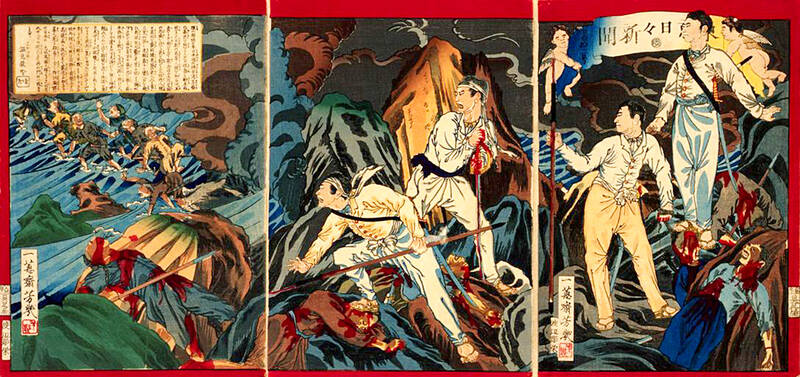
Photo courtesy of Wikimedia Commons
Kua points to the 1596 letter of Luis Perez Damsmarinas, then interim governor of Spain’s territories in the Far East, to the King of Spain warning of the importance of Isla Hermosa and advising the King to send a military expedition. A year later, Hernando Rios Coronel, who had helped lead the ill-fated Spanish invasion of Cambodia in the late 1580s, similarly memorialized the King. He argued that Spain needed ports on both the Chinese coast and on “Isla-Hermosa,” specifically identifying Keelung as a good candidate for a defensible port, and warned that the Japanese could move before Spain.
According to Andrade, this perception of Japan was widespread among the Spanish in the Philippines in the 1590s, because missionaries had brought back word of secret Japanese plans to seize Taiwan.
Today Coronel is largely remembered for drawing one of the first Spanish maps of Luzon, Taiwan and the Chinese coast, rendering Taiwan correctly as a single island (recall that until Taiwan’s rivers were dammed in modern times, they were wide and flat, making Taiwan appear to be 2-3 separate islands to early Western mariners).

Photo courtesy of Wikimedia Commons
The Spanish fear of Japanese invasion was the natural outcome of Taiwan’s geography. Viewed from Manila, Taiwan with its Austronesian peoples is obviously related to the Philippines. Whereas, viewed from Tokyo, it appears to be an obvious southward extension of the Ryukyus, which was how modern Japanese strategists came to treat it.
Indeed, the Chinese themselves recognized the latter relation, confusingly naming Taiwan “Little Ryukyu” as opposed to Okinawa, which was “Big Ryukyu.” It was only after majority Han settlement that the “inevitable” relationship between China and Taiwan became a historical possibility. Without the Dutch, we would be talking about the Austronesian brotherhood of Taiwan and the Philippines. Indeed, when the Portuguese wrecked off Taiwan in 1582, their first recorded visit, they had with them a young man from Luzon who could communicate with the local Austronesians, according to a 17th-century account of the incident.
JAPANESE INTEREST
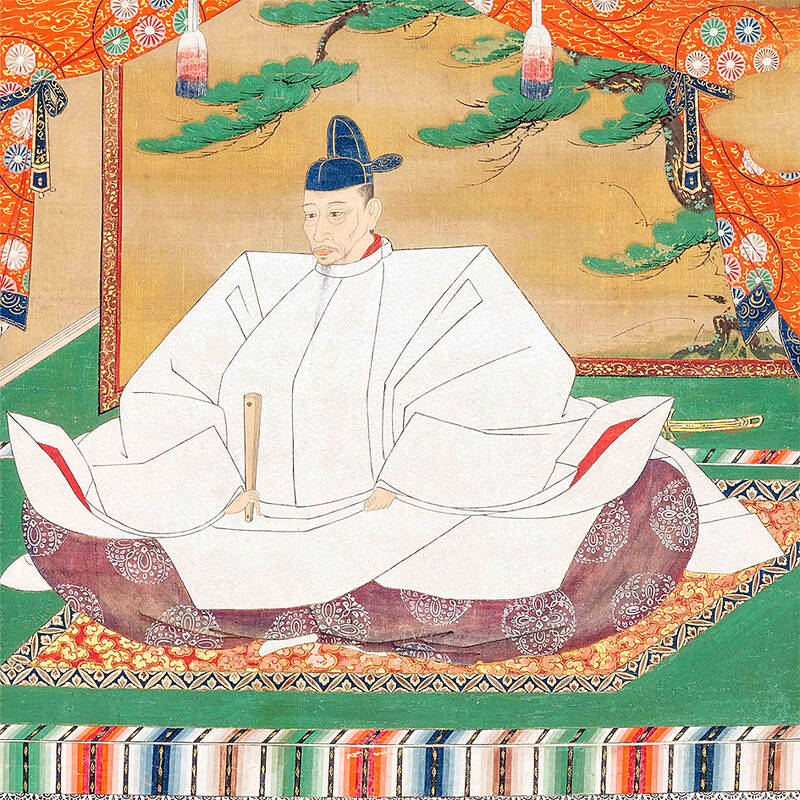
Photo courtesy of Wikimedia Commons
Japanese interest in Taiwan was signaled in 1593 by a letter from Toyotomi Hideyoshi demanding submission and tribute. Of course, there was no centralized authority in Taiwan at the time. In 1609 Arima Harunobu, the Christian lord of Shimabara in Hizen province, sent an expedition to Taiwan but was driven off by the local Indigenous people. Another Japanese expedition in 1616 was scattered by a typhoon and ended up raiding the Chinese coast.
When the Dutch arrived in Tainan in 1624 they found Japanese and Chinese traders well established in the harbor there. In 1625 the Dutch cut off the Japanese from the silk trade. The loss of the Japanese trade inflicted a grievous budgetary blow on the Dutch colony, and the Dutch authorities considered abandoning it. The colonists on Formosa disagreed, arguing persuasively that the Spanish or the Portuguese would take over. Inevitably.
In 1635, one of the major events of Taiwan history took place, one that ended many might-have-beens: the Shogun cut Japan off from the outside world almost completely. Because this was a “non-” event, it is often overlooked, and yet it was formative.
Taiwan’s history would have been hugely different if the Dutch, Cheng Cheng-kung (鄭成功, Koxinga) or the Manchus (Qing) had encountered a vigorous Japanese trading and state presence backed by an expansionist state policy. The People’s Republic of China’s “inevitable” annexation of Taiwan is historically plausible only because the Shogunate removed itself from the Taiwan chessboard.
SOVEREIGNTY ACHIEVED
As it was, during the period of Manchu control of western Taiwan, there were hundreds of shipwrecks of all nations, including ships from Ryukyu (Okinawa) and Japan. The 1874 invasion of southern Taiwan by Japan is often attributed to the 1871 Indigenous massacre of Okinawan sailors, an event known today as the Mudan Incident (牡丹社事件). In reality, decades of similar incidents may have helped drive the invasion, in addition to Japan’s desire to assert sovereignty over Okinawa, as Liu Shiuh-Feng (劉序楓), a historical specialist at Academia Sinica, has noted.
For example, in 1803 a ship from Hokkaido drifted into Kavalan, then just coming under Manchu administration. The local Indigenous people attacked the craft (robbery of wrecked ships and murder of seamen was common). The ship got away and wound up at the mouth of the Siuoguluan River (秀姑巒溪), where some Han merchants had established themselves. The crew of nine were taken off, but then subjected to forced labor. One by one they died, leaving only the captain.
In 1808 another Japanese ship appeared at the river mouth, and the stranded captain boarded it, heading for Fangliao. Eventually he made his way home and published an account of his adventures. He was not the only Japanese stranded for years among the Indigenous people.
Because Okinawa was controlled by Japan (it had been a vassal of Satsuma since 1609) but contested by the Manchus, the experiences of its stranded sailors became a political issue. The Japanese insisted that their Ryukyuan subjects be repatriated to Japan by the Manchus before being sent on to Okinawa, but the Manchus treated them as vassals and sent them directly to Okinawa if they went on Manchu vessels. Imagine what these policies would have looked like if Taiwan had been contested between the two imperial states and Okinawa had been a sideshow.
As history teaches, in the latter half of the 19th century, Japan developed a vigorous commercial policy that flooded northern Taiwan with Japanese products. Within a few decades of re-opening, it annexed Taiwan, making good on the letter of 1593. Imperialism delayed is not, it turns out, imperialism denied. Inevitable? Sure feels like it. Probably more so than Chinese annexation, which after centuries of contact, still remains only a possibility.
Notes from Central Taiwan is a column written by long-term resident Michael Turton, who provides incisive commentary informed by three decades of living in and writing about his adoptive country. The views expressed here are his own.

Last week gave us the droll little comedy of People’s Republic of China’s (PRC) consul general in Osaka posting a threat on X in response to Japanese Prime Minister Sanae Takaichi saying to the Diet that a Chinese attack on Taiwan may be an “existential threat” to Japan. That would allow Japanese Self Defence Forces to respond militarily. The PRC representative then said that if a “filthy neck sticks itself in uninvited, we will cut it off without a moment’s hesitation. Are you prepared for that?” This was widely, and probably deliberately, construed as a threat to behead Takaichi, though it
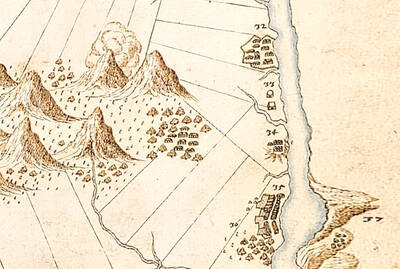
Nov. 17 to Nov. 23 When Kanori Ino surveyed Taipei’s Indigenous settlements in 1896, he found a culture that was fading. Although there was still a “clear line of distinction” between the Ketagalan people and the neighboring Han settlers that had been arriving over the previous 200 years, the former had largely adopted the customs and language of the latter. “Fortunately, some elders still remember their past customs and language. But if we do not hurry and record them now, future researchers will have nothing left but to weep amid the ruins of Indigenous settlements,” he wrote in the Journal of
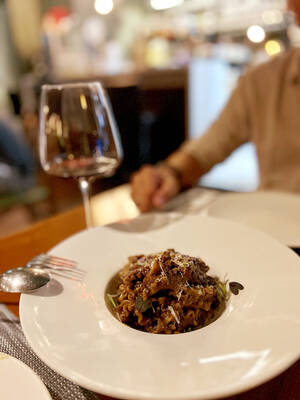
Even after years in business, weekend tables here can be booked out a month in advance. The price point far exceeds its competitors. Granted, expectations are soaringly high, but something here failed to hit the high notes. There are a few telltale signs that a restaurant relies solely on outstanding food to create the experience, no gimmicks or distractions needed. La Mole is such a restaurant. The atmosphere is food-forward, with an open kitchen center stage. Our tables are simple; no candles, no dim lighting, no ambient music. The menu is brief, and our waiter directs most
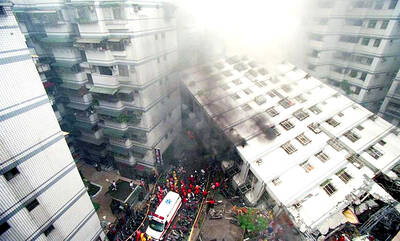
If China attacks, will Taiwanese be willing to fight? Analysts of certain types obsess over questions like this, especially military analysts and those with an ax to grind as to whether Taiwan is worth defending, or should be cut loose to appease Beijing. Fellow columnist Michael Turton in “Notes from Central Taiwan: Willing to fight for the homeland” (Nov. 6, page 12) provides a superb analysis of this topic, how it is used and manipulated to political ends and what the underlying data shows. The problem is that most analysis is centered around polling data, which as Turton observes, “many of these